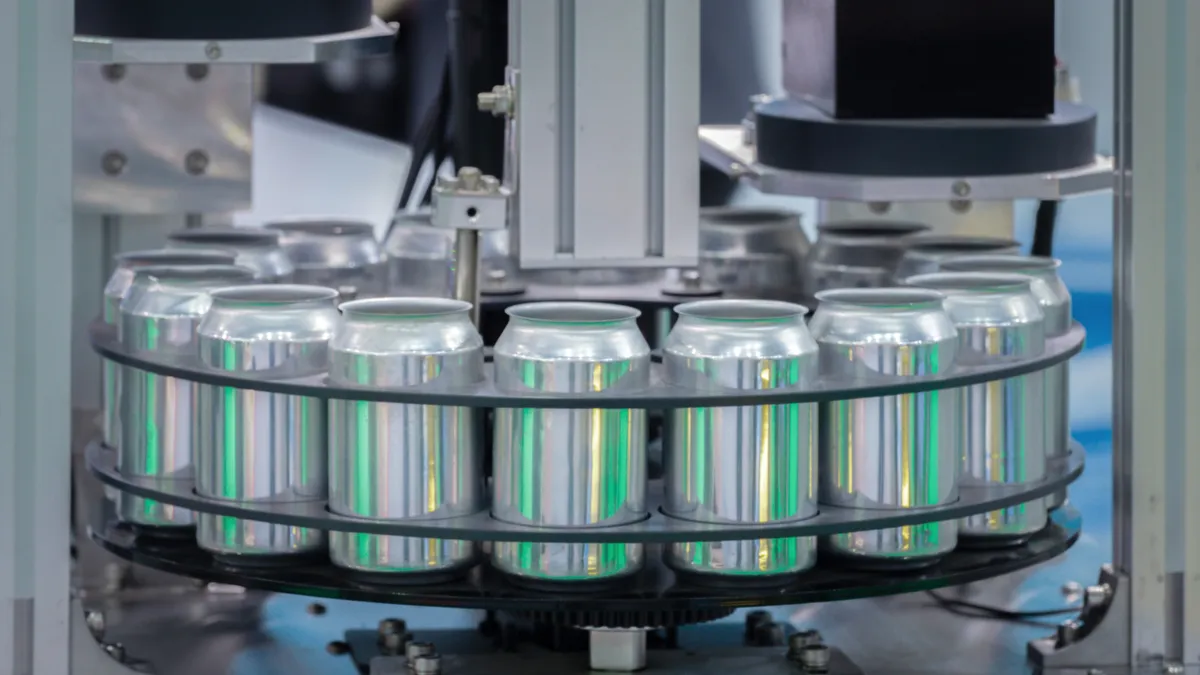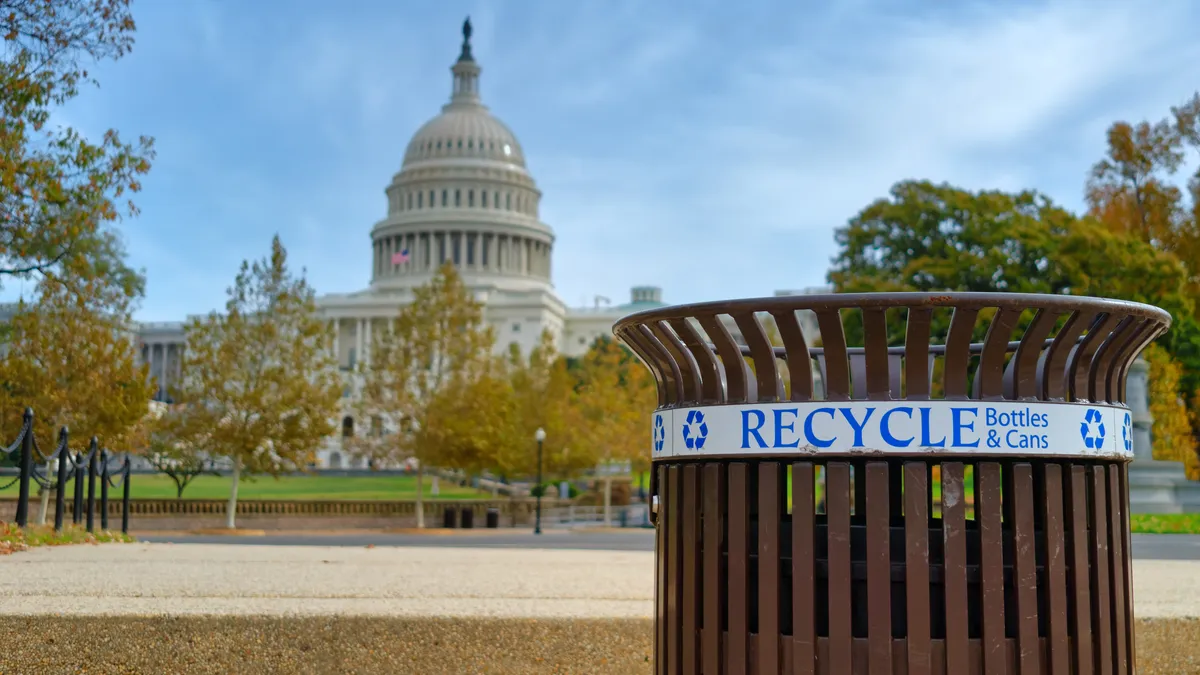Tariffs could be afoot for steel and aluminum imports from countries such as China that produce what some countries’ leaders consider “dirty” metals, in an effort by the U.S. and EU governments to reduce metal production emissions.
The U.S. Trade Representative’s office sent a letter to the U.S. International Trade Commission requesting an investigation and report to determine the greenhouse gas emissions intensity for domestically-produced steel and aluminum products. The data would inform the ongoing discussions for creating the Global Arrangement on Sustainable Steel and Aluminum.
The Global Arrangement stems from negotiations between the U.S. and EU to suspend the Section 232 metal tariffs, which resulted in an agreement in October 2021. The U.S. and EU are leading the effort to create the Global Arrangement as a “club” that other countries seeking to reduce emissions could join. It would set metal production emissions intensity standards, with higher export tariffs for those outside the club.
The crux of the matter is simultaneously tackling emissions reduction while addressing excess metal output and “dumping” at below-market prices by certain countries like China. The U.S., EU and others claim China produces “dirty” metal because it primarily uses coal for energy, whereas 70% of U.S. steel is made from scrap in electric-arc furnaces.
Essentially, the Global Arrangement would be a “way for the U.S. and the EU to try to figure out a market access mechanism by which low-carbon steel and aluminum are treated preferentially compared to carbon-intensive steel and aluminum primarily coming from China, Southeast Asia, etc.,” said Adam Shaffer, assistant vice president of international trade and global affairs at the Institute of Scrap Recycling Industries.
In general, metal tariffs drive up the cost of production, which consequently increases the cost for downstream businesses such as can manufacturers and then for consumers. Carbon taxes are intended to shift the prices of carbon-intensive materials and goods higher to encourage the purchase of lower-carbon alternatives. In an analysis of the EU’s upcoming border tax system, financial services company ING noted that scrap steel and aluminum products would be exempt, suggesting recycled content products would not be subject to additional tariffs.
Per the letter, the USITC would be tasked with a fact-finding mission via questionnaires sent to steel and aluminum producers in the U.S. — regardless of domestic or foreign ownership — to determine the intensity for Scope 1, Scope 2 and Scope 3 greenhouse gas emissions. The analysis should also include the estimated emissions for producing a variety of domestically-made steel and aluminum products.
“The report should also identify, to the extent practicable, the location, in the case of certain Scope 3 emissions, and stage at which GHG emissions occur within steel and aluminum production processes,” the letter said.
Data from the Aluminum Association indicates carbon intensity from North American aluminum can production dropped 43% since 1991, in large part because of lightweighting and more efficient manufacturing. The association said it is encouraged by the activity regarding the carbon emissions report and the Global Agreement.
“The Aluminum Association looks forward to being a part of the fact-finding process by the U.S. International Trade Commission. Our industry was an early adopter of carbon accounting and disclosure, and supports efforts to keep this process rigorous and transparent,” Charles Johnson, president and CEO of the Aluminum Association, said via email. “The aluminum industry has long been a strong supporter of multilateral efforts like the Global Arrangement that both speed up decarbonization and limit unfairly traded, state-subsidized aluminum in our markets.”
ISRI has not been directly involved in the negotiations between the U.S. and the EU, but it has been talking with government officials about any potential carbon emissions standards that could result, Shaffer said. ISRI supports the agreement’s carbon reduction efforts. “It fits in with our sustainability goals,” Shaffer said, adding that ISRI will coordinate with its members and other like-minded organizations to submit feedback once the comment period opens.
“We do anticipate that our members will will be engaged in the process — most likely indirectly because there's the expectation that they will need to provide their carbon reporting data as Scope 3 for the steelmakers and the aluminum producers,” he said.
The USTR letter requests the carbon emissions report by January 28, 2025. Thus, the investigation and report would not be complete by this October when the U.S. and EU are scheduled to wrap up negotiations for the Global Agreement.
Numerous potential outcomes could occur in October, including both parties agreeing to temporary actions, such as extending tariff suspensions, while continuing to hash out details for a broader agreement. Because of how a carbon tax is categorized, Congress likely would have to take action for it to move forward.













